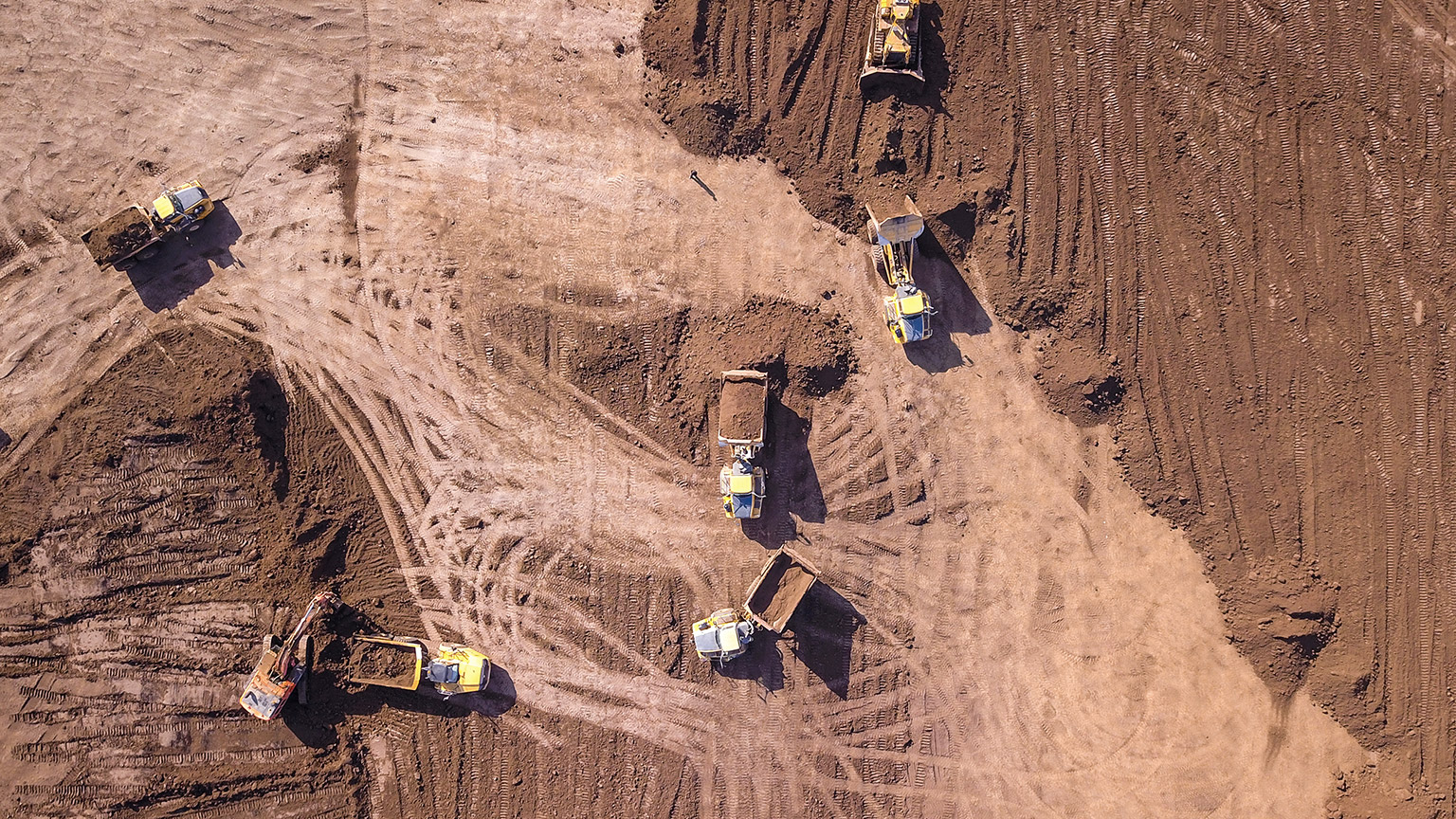The building and construction industry regularly reports a high percentage of work-related injuries and illnesses as a result of the high-risk work construction workers and staff partake. In 2015 the construction industry was designated as a priority industry regarding work health and safety.
Work-related injuries
The statistics compiled by Safe Work Australia1 in 2015 present the most common work-related injuries experienced by construction workers and staff:
Some of the injuries were due to the following:
- Hitting or being hit by an object (31%)
- Lifting, pushing or pulling objects (30%)
- Falls from a height (15%).
Work-related fatalities
Sadly, a total of 401 workers have died in construction sites between the years 2003 and 2013. Of the 401, more than one-fourth of the fatalities (28% or 112 workers) involved falling from a height. Other fatalities during those years mentioned involved:
- vehicle collisions (16% or 65 workers)
- electrocution (15% or 61 workers)
- being hit by a moving object (12% or 48 workers)
- being hit by a falling object (11% or 46 workers)
- being trapped between or in equipment (8% or 31 workers)
- other causes (9-10% or 38 workers).
At the end of this module, at the Additional Resources, you can access a 2018 industry snapshot of the building and construction industry’s WHS performance, identifying key WHS issues and segments of the industry where performance may be lagging.
The module will discuss several practical lessons revolving around three (3) main topics:
- Assess workplace risk
- Establish and implement safety plans
- Monitor workplace safety
According to WorkSafe Queensland’s statistics, workers aged between 15 and 24 years make up about 18 per cent of the Queensland workforce. 4000 young workers suffer a serious injury at work each year – that’s an injury that keeps them off work for at least 5 days, and possibly the serious injury will affect their ability to work for the rest of their life. A serious injury affects not just the worker, but their colleagues and supervisor, their family and their friends.2
Worker fatalities by age group, 2019
| Age group (years) | Number of fatalities | Fatality rate (fatalities per 100,000 workers) |
|---|---|---|
| Under 25 | 13 | 0.7 |
| 25-34 | 26 | 0.8 |
| 35-44 | 31 | 1.1 |
| 45-54 | 33 | 1.3 |
| 55-64 | 48 | 2.5 |
| 65 and over | 32 | 5.4 |
| Total | 183 | 1.4 |
Worker fatalities by state/territory, 2019*
*Fatalities are presented according to the state or territory where the fatality occurred, not the jurisdiction under which the fatality fell.
Graduates of the Certificate IV in Building and Construction course will be able to work as builders, site managers and managers of small to medium-sized building businesses, therefore they will have an increased responsibility in work health and safety matters as well.
The following 11-minute-video produced by WorkSafe Queensland explains a supervisor’s increased responsibility when working with younger workers to maintain work health and safety at the worksite and to be able to act as role models for the younger workers.

